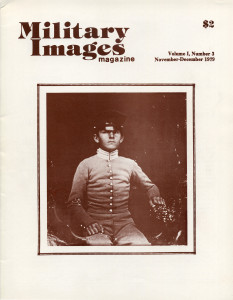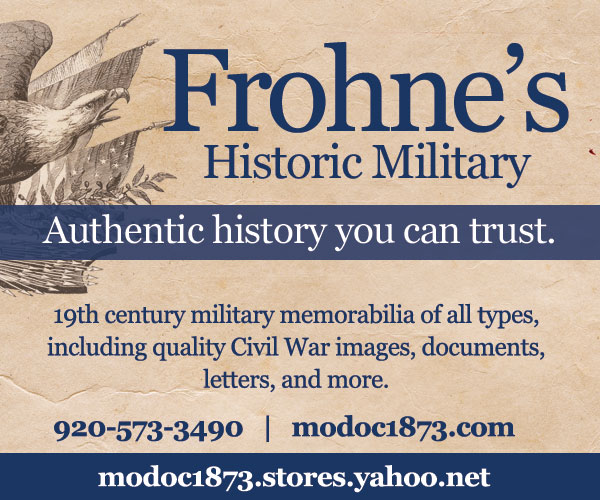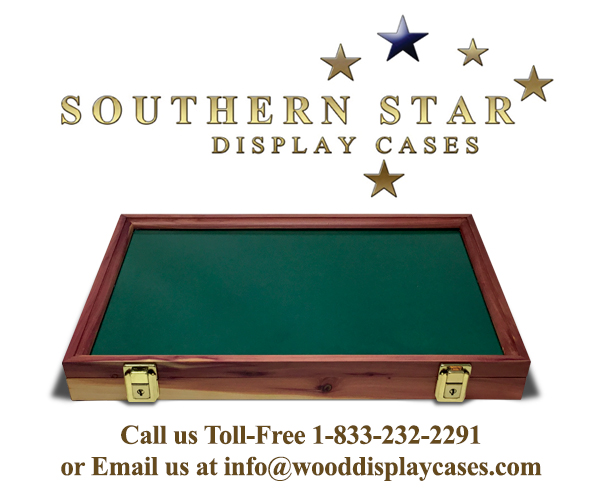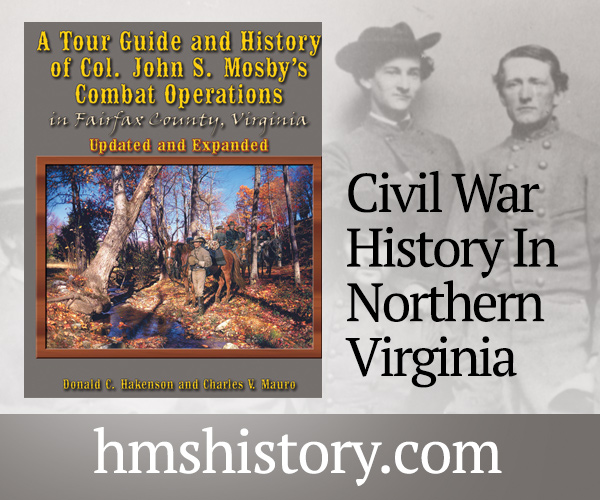 The complete issue
The complete issue
Vol. 1, No. 3
(28 pages)
Print edition: Visit our store to check availability
Digital edition: Visit JSTOR.org to purchase
Explore the MI Archives: Browse | Advanced search | Tutorial
Inside
Cover Image
The very youthful private on the cover is a sixth-plate daguerreotype of an infantry private in the Regular Army between 1841 and 1847.
Editor’s Page (inside front cover)
The editor addressed a number of questions, focusing on the submission of images from readers. Military Images would prefer to receive unusual images with as much identification as possible about the subject. The selected individual images will be included in a new feature of the magazine entitled “Stragglers.” The standard sizes of images (such as cartes de visite and hard plate images) were also identified and readers were requested to identify the original image size when submitting images for consideration.
Naval Uniforms of the Civil War, Part I: Officers of the U.S. Navy by Philip Katcher (pp. 2-7)
This article traces the history and the many changes in the uniforms and insignia worn by various grades of United States naval officers during the Civil War. The basic dress regulations of 1852 provided the basis for the naval uniforms of the era, including the cut of coats and numbers of buttons. As the wartime navy grew, so did the number and types of ranks, with the designation of rank on the uniform becoming more complex. This included gold braid on the cuffs, the position and number of buttons, and insignia on shoulder straps and hats. Regulations were changed in July 1862 and May 1863, and are also outlined in the article. An image of Commander John Warden, who was in charge of the Monitor, illustrates how the date of an image can be narrowed down by considering cuff insignia. Eleven different images, many of them taken by foreign photographers, illustrate the wide variety of navy uniforms of the era.
Jefferson Davis: Transvestite? by William Gladstone (pp. 8-9)
A short article that discusses the mythology behind Jefferson Davis’ capture at the end of the Civil War, it is accompanied by seven different carte de visite images that reinforced the popularly held propaganda of his capture wearing women’s clothing as a disguise.
Images of a Guerilla Chief: William Clarke Quantrill by George Hart (pp. 10-13)
The most leading Confederate guerilla leader in the trans-Mississippi district did not leave many images, although there have been books published which include some that are said to be him. This article discusses comparisons between different plate images that have been reputed to be Capt. William Quantrill, including one carte de visite that bears his autograph. The author makes a compelling argument that one image often cited as Quantrill’s is most likely an image of one of his men instead.
Profile: Cleveland Winslow by Brian Pohanka (pp. 14-17)
The striking image of Col. Cleveland Winslow of the 5th New York Volunteer Regiment (the Duryee Zouaves) graces the article, which outlines his career during the Civil War. A “martinet” who was heartily disliked by his men, Winslow was known for his rigid adherence to regulation as well as for his elaborate dress. Winslow fought in several battles and was mortally wounded outside of Richmond in June 1864.
Michael Bremer’s Ante-bellum Daguerreotypes (pp. 18-25)
The “wide variety” of 18 images taken before the Civil War is a fascinating look at images from regular army, state militia, and the navy, some possibly twenty years prior to the outbreak of the war in 1861. The regular army images include a sixth-plate of a general staff officer with epaulettes and sword from 1841-1844 to a ninth-plate of an artillery private with shako and earrings from 1854. One of the state militia privates is in an elaborate uniform of the 7th Regiment, New York (1854-1858) while one is a cavalry corporal in more common attire. The only named subject is from a sixth-plate daguerreotype of Capt. George Pugh of the Ohio Volunteer Infantry which was taken in Vera Cruz, Mexico in 1847; he also served as a U.S. Senator from Ohio (1855-1861).
Stragglers (pp. 26-27)
The three images make up this first MI group of “Stragglers.” The quarter-plate tintype of Sgt. Frederic Cline of the 40th Missouri Infantry includes hand-guilt brass and is paired on the page with a hand-tinted CDV of a black color-sergeant, possibly from the 108th U.S. Colored Troops. The second page is a group image taken from an 1884 photograph of the Artillery School of the U.S. Army at Fort Monroe, Virginia. The image is accompanied by a description of the history of the school and a roster of the 1884 graduates featured in the image.
Back Images
Two different images are featured on the back of the issue. The first is a quarter-plate tintype of H.L. Preston who served initially in the 18th Tennessee Infantry and then in the 4th and then 8th Tennessee Cavalry as part of the Army of the Tennessee until the end of the war. The second image is of First Sgt. John R. Waterhouse of the 114th Pennsylvania Volunteers (“Collis’ Zouaves”) in May or June 1863. Eventually promoted to captain, he also served until the end of the Civil War.




































